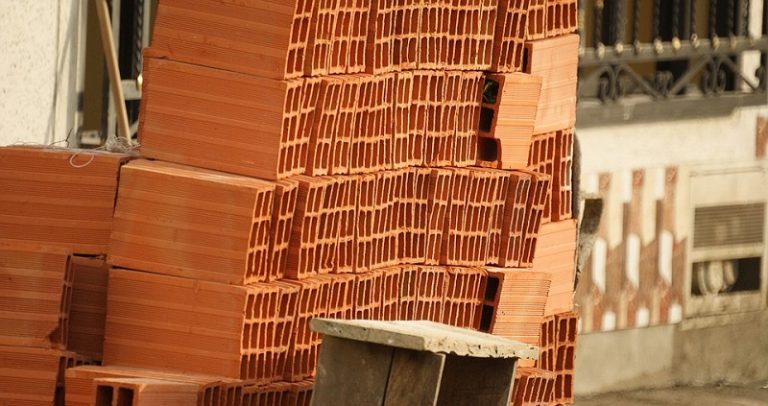Breedon Group has acquired Lagan Group, a major Belfast based construction materials business, for £455 million. With this purchase, Breedon will take over Whitemountain, Lagan Cement, Lagan Brick, Lagan Asphalt and Welsh Slate. By combining both businesses, a workforce of around 3,000 will be created and the turnover will be more than £900 million. “Our committed and passionate staff at Lagan Group has contributed significantly to the development and growth of the business, differentiating us from our competition in all of the marketing in which we operate,” commented Kevin Lagan, the owner of the Group. “I’d like to thank the staff for the role they have played in the growth of Lagan Group and I wish them every success as they enter an exciting new chapter with Breedon, who I am confident will build on that success, supporting the development of the business in the years ahead,” he continued. Lagan’s other key business, Lagan Homes, was not part of the deal as he intends to pursue a managed growth strategy for it and FastHouse. “Over the last eight years we have pursued a successful buy and build strategy, which has established Breedon as the largest independent construction materials business in the UK and the acquisition of Lagan is another strategic step for us,” said Peter Tom, Breedon’s executive chairman. “We believe it has the potential to add significantly to the group’s performance and prospects and we are looking forward to working with our new colleagues to deliver further value for our investors.” The Lagan brand was established by Kevin Lagan’s father, Peter, in 1960. Kevin and his brother, Michael took over the reins and built a huge business empire, dividing the assets between them. The decision to sell the Lagan Construction Group followed the announcement that four of its firms had gone into administration, putting 200 jobs at risk.










